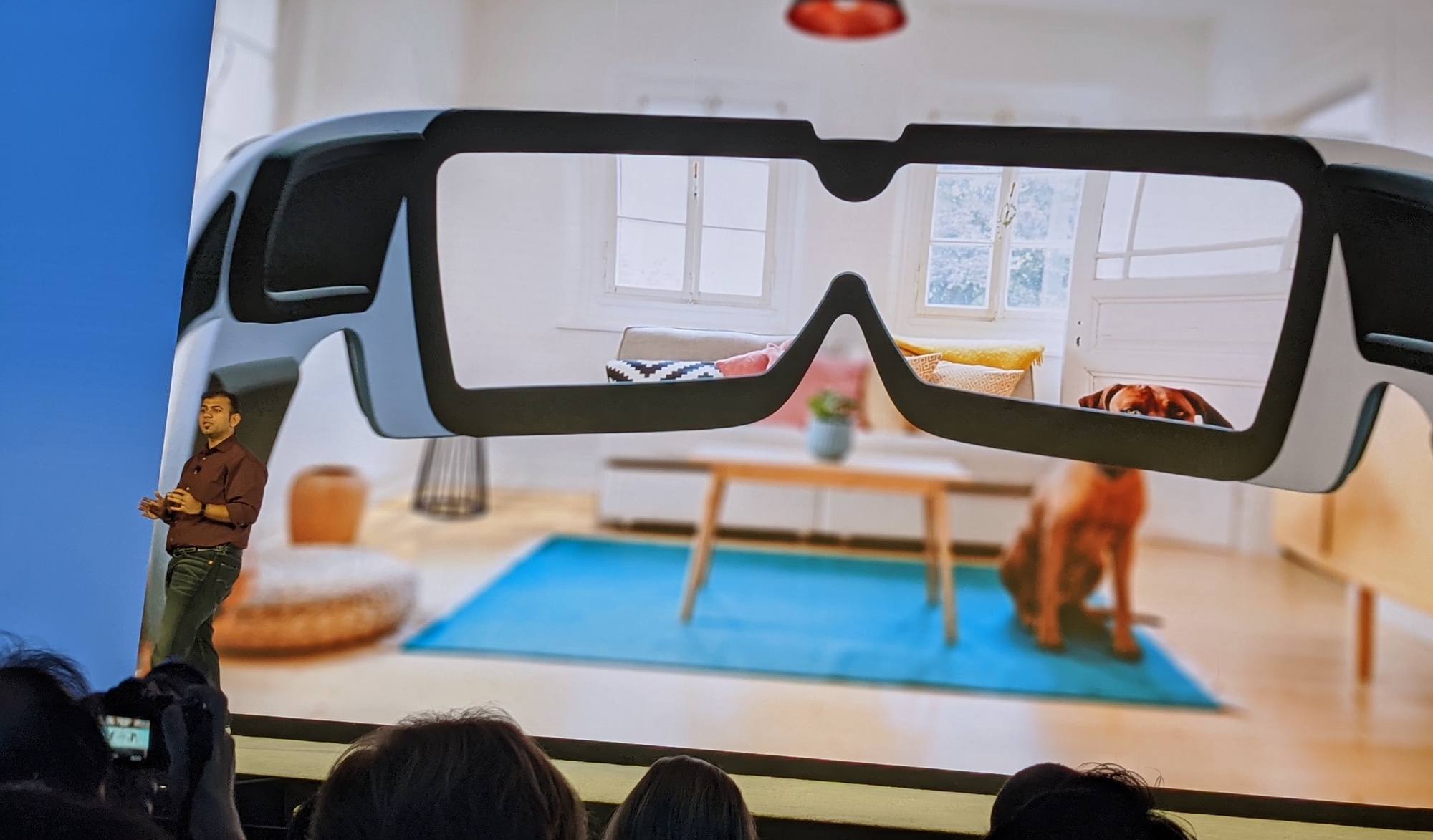Qualcomm's Snapdragon XR2 chip promises killer VR performance with 5G support
Mixed reality processor includes 5G, AI-boosted features

Updated, 3:39 p.m. ET: We've added additional information from Qualcomm's XR2 unveiling including the company's partnership with Niantic on building AR glasses.
WAILEA, Hawaii — Qualcomm has already brought 5G to its smartphone processors, and its Project Limitless initiative with Lenovo is delivering 5G-ready laptops. So why not do the same with virtual and mixed reality headsets?
At its annual tech summit today (Dec. 5), Qualcomm announced its new XR2 platform for extended reality. Qualcomm's processor, which also incorporates the chip maker's work with artificial intelligence can be put to use in virtual reality, augmented reality and mixed reality headsets.
The XR2 follows Qualcomm's XR1 and delivers more than just 5G connectivity. Qualcomm is promising twice the CPU and GPU performance with the XR2, as well as four times the video bandwidth and a 6x improvement to resolution. AI performance should also get a big boost from this updated processing platform.
It's the 5G capabilities that will grab you attention though, particularly with network carriers building out their 5G networks this year and into 2020. The 5G networking standard delivers faster data speeds as well as lower latency — two improvements that open up a number of use cases for virtual reality, from improving live streams to boosting interactivity.
5G isn't the only first Qualcomm is touting with the XR2. The new platform is able to support seven concurrent cameras along with a dedicated computer vision processor. Having all those cameras allows for more accurate tracking of various body parts — your head, eyes, and especially your hands — in real time. Meanwhile, the computer vision processor can handle scene understand and 3D reconstruction. All of this helps transport users into virtual worlds, Qualcomm says, while still allowing them to interact with the real world.
Because the XR2 features low-latency camera pass-through, users will be able to interact with a blend of the virtual and really words when they use VR devices — a big boost for mixed reality capabilities.
Sign up to get the BEST of Tom's Guide direct to your inbox.
Get instant access to breaking news, the hottest reviews, great deals and helpful tips.

In addition to tapping into its 5G efforts for virtual reality devices, Qualcomm says it's also incorporating its efforts with artificial intelligence into the XR2 processors. The company believes it can improve visuals, interactivity and audio through AI.
As for visuals, the Snapdragon XR2 promises a 1.5x boost to pixel rate and 3x the texel rate over the Snapdragon 835 Mobile XR; the result should more efficient rendering, particularly for gaming. Gamers will also appreciate the 1.5x improvement in shade processing, Qualcomm director of XR Products Hiren Bhinde said, as the shading for games appearing right in front of your eyes has to be really good.
The XR2 also supports foveated rendering with eye tracking and enhanced variable rate shading for smoother refresh rates. Expect up to 3K by 3K resolution for each eye at 90 frames per second. The XR2 can also support 8K video at 60 frames per second in 360 degrees; you'll get 4K video at 120 fps.
One final video feature: Qualcomm says it developed custom silicone for AR displays, with an eye toward reducing latency so that experiences can remain immersive.

On the audio front, the XR2 promises 3D spatial sound and clear voice interactions, with both features aimed at making you feel more immersed in virtual experiences. A Hexagon DSP supports things like voice activation and context detection, so that you can still hear the real world around you. In an on-stage demo of a VR game, even with the game's immersive sound, we could still hear the sound of a baby cry — with a helpful visual notification appearing of this real-world event so that we don't get too lost in VR.
The XR2 doesn't replace the XR1, which remains as a chipset for more mainstream devices. Instead, the XR2 is aimed at premium devices, particularly those that would benefit from 5G connectivity.
Based on Qualcomm's presentation here in Hawaii, the company clearly sees the XR2 powering mixed reality glasses that can either be standalone devices or pair with a 5G smartphone. Other possible uses include glasses that tap into a nearby PC for added processing power.
Qualcomm says it has commitments from multiple device makers who plan to incorporate the XR2 into their products, with some of those VR devices in the prototyping stage. One of those partners in Niantic, makers of Pokémon Go, which plans to work with Qualcomm to build AR glasses aimed at consumers, the first of which will tap into the XR2 platform and its 5G connectivity. Phil Keslin of Niantic says the company believes that 5G will open up a lot of the features it's planning on integrating into future AR-based games.
Philip Michaels is a Managing Editor at Tom's Guide. He's been covering personal technology since 1999 and was in the building when Steve Jobs showed off the iPhone for the first time. He's been evaluating smartphones since that first iPhone debuted in 2007, and he's been following phone carriers and smartphone plans since 2015. He has strong opinions about Apple, the Oakland Athletics, old movies and proper butchery techniques. Follow him at @PhilipMichaels.
